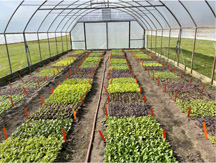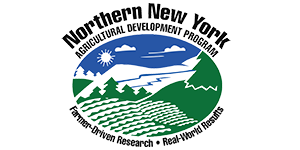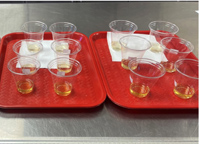
February 14, 2025, Lake Placid, New York. The Northern New York Agricultural Development Program has announced the results of a project evaluating and validating the feasibility of small-scale processing and bottling the saps of aspen, beech, and birch trees as shelf-stable beverages.
“This project responded to maple producers’ hesitancy to invest in tapping trees other than maple due to the low sugar content in the sap of other species of trees. This research explored the option to bottle the sap from other tree species without the expense required to concentrate the sap and suggests that it is indeed feasible for small-scale production,” explained project co-leader Aaron Wightman.
The research team of Wightman and Adam Wild, co-directors of the Cornell University Maple Program, and Cornell Food Scientist Catherine Monserrate, Ph.D., adapted a small-scale bottling method for maple sap recently developed by the Cornell Maple Program for use with sap collected from beech, birch, and aspen trees at the Uihlein Maple Research Forest in Lake Placid. Their processes used equipment commonly present in many sugaring operations in northern New York. The processes produced a thermally pasteurized refrigerated sap beverage and an acidified and thermal pasteurized shelf-stable product.
Wightman notes that the procedures developed for processing and preserving the sap of maple trees as a bottled beverage need to be adapted to fit the different composition of each species of tree to make a shelf-stable sap beverage.
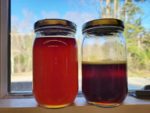 This NNYADP-funded research may be the first report of the composition of aspen and beech sap. The project identified the content, composition, and pH of the beech, birch, and aspen species’ sap. An earlier NNYADP-funded project by Wild determined the mineral composition of beech syrup and served as a precursor for this new research.
This NNYADP-funded research may be the first report of the composition of aspen and beech sap. The project identified the content, composition, and pH of the beech, birch, and aspen species’ sap. An earlier NNYADP-funded project by Wild determined the mineral composition of beech syrup and served as a precursor for this new research.
Photo: Beech syrup samples made (left: with reverse osmosis, right: without RO) during a 2022 NNYADP project evaluating whether beech saplings would yield enough sap for profitable syrup production to potentially provide regional maple producers with another forest-based product. A new grant in 2024 has evaluated the bottling of beech and other tree saps. Photo: Adam Wild
This 2024 project is also believed to be the first validation of the carbohydrate pectin in beech sap. The trial process was successful in isolating and removing the pectin from the beech sap.
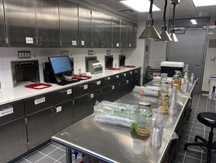
Taste Test
A taste test with 100 panelists at the Cornell Sensory Evaluation Center assessed consumer response to the acidified and pasteurized aspen, beech and birch tree sap beverages produced by the trial, judging for flavor, sweetness, acidity, and likeliness to purchase the sap beverages.
“Best by” and Production Steps
An overview of production steps for producing a refrigerated pasteurized sap with a “Best by” date of 5 days and for producing shelf-stable acidified sap with estimated potential for storage of longer than 6 months are in the “Developing Alternative Tree Sap Beverages” report posted under the About: NNYADP Projects by Year: 2024 projects tab and under the Research: Maple, Beech and Birch Research tab at www.nnyagdev.org. Extension fact sheets for bottling tree saps and isolating and reducing pectin content in beech sap will be available at cornellmaple.com soon.
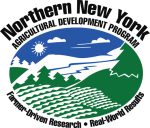 Funding for the Northern New York Agricultural Development Program is supported by the New York State Legislature through the New York State Assembly and administrated by the NYS Department of Agriculture and Markets.
Funding for the Northern New York Agricultural Development Program is supported by the New York State Legislature through the New York State Assembly and administrated by the NYS Department of Agriculture and Markets.
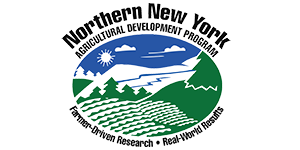 The Northern New York Agricultural Development Program is pleased to have Michael among the more than 80 farmers from across our six-county region helping to prioritize research for the diverse farming sectors of Clinton, Essex, Franklin, Jefferson, Lewis, and St. Lawrence counties.
The Northern New York Agricultural Development Program is pleased to have Michael among the more than 80 farmers from across our six-county region helping to prioritize research for the diverse farming sectors of Clinton, Essex, Franklin, Jefferson, Lewis, and St. Lawrence counties.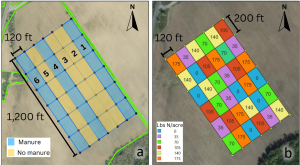
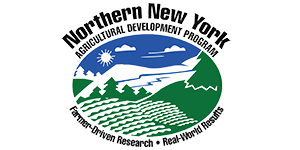 Funding for the Northern New York Agricultural Development is supported by the New York State Legislature through the New York State Assembly and administrated by the New York State Department of Agriculture and Markets.
Funding for the Northern New York Agricultural Development is supported by the New York State Legislature through the New York State Assembly and administrated by the New York State Department of Agriculture and Markets.